
 26
26






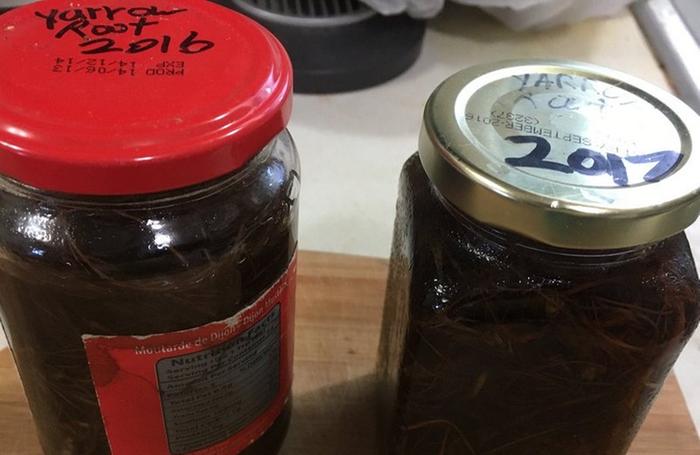

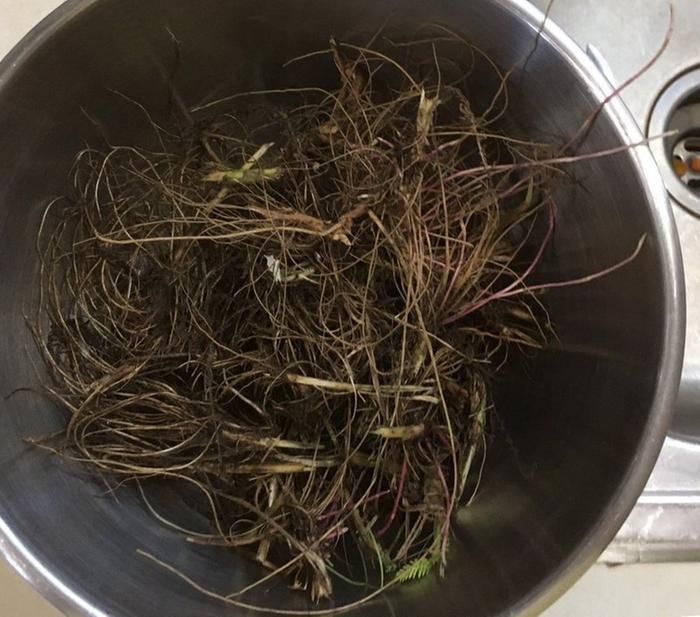
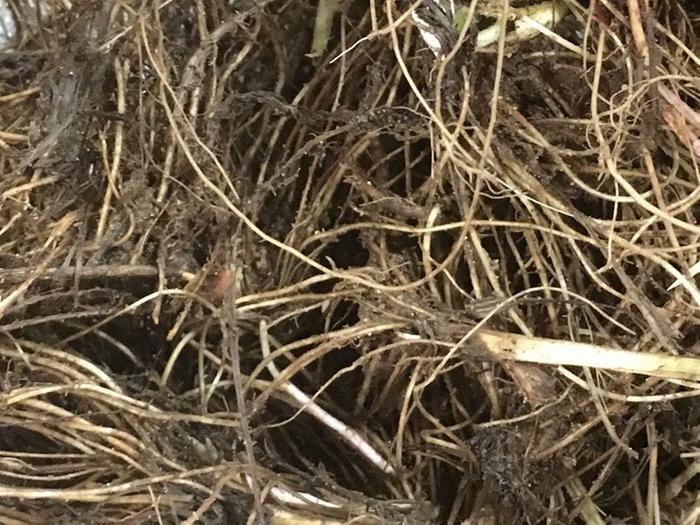
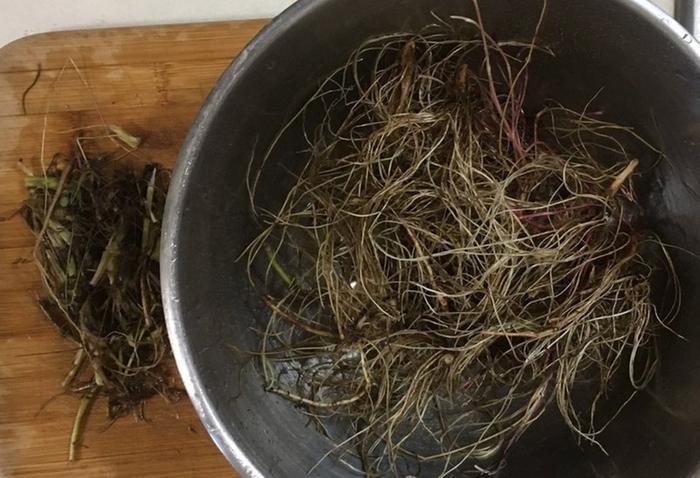
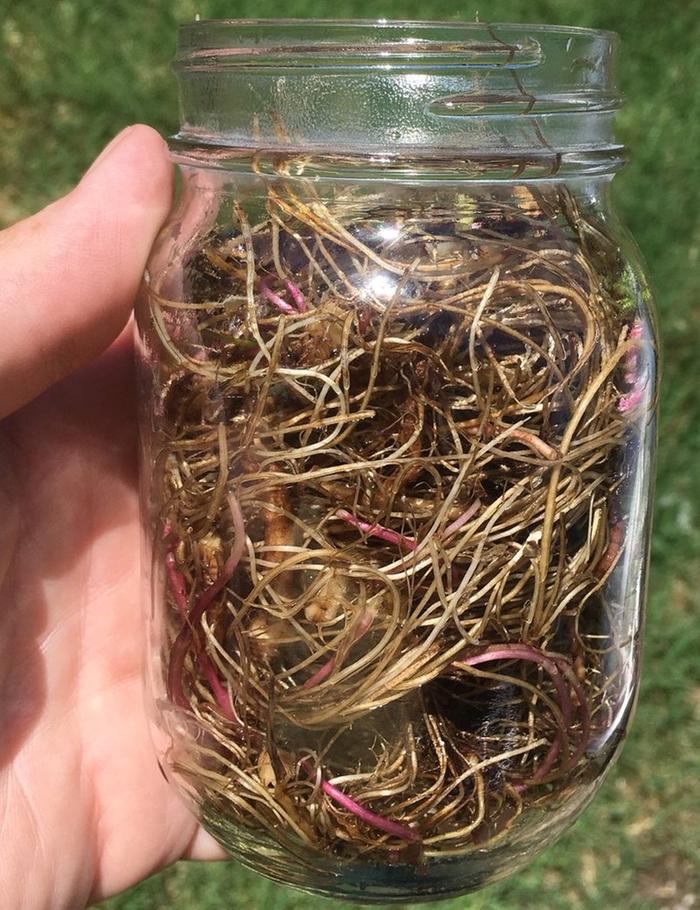
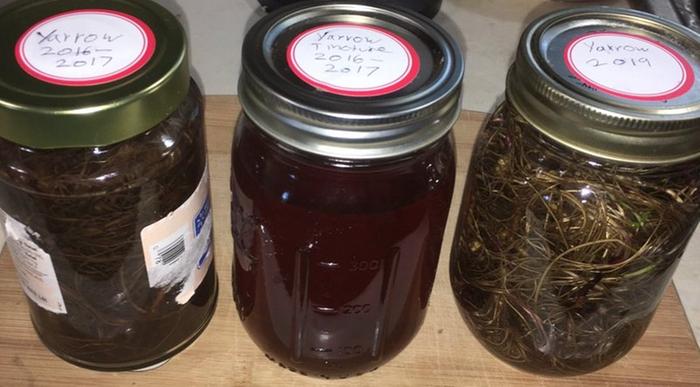
Pecan Media: food forestry and forest garden ebooks
Now available: The Native Persimmon (centennial edition)
 3
3




Dan Boone wrote:Today while driving home I noticed that the bright white yarrow flowers were turning grey-ish, which is a sign that I was about to lose my harvest window. As far as I know I could harvest yarrow root at any time during the summer season, but once the flowers completely drop, it becomes so much harder to find the plants among the other tall grasses and weeds, it's almost a fools' errand as far as harvesting enough. Last year I left it too long and did not make a harvest or get a batch of tincture laid by. So I had promised myself not to make the same mistake this year!
Silence is Golden
For all your RMH needs:
dragontechrmh.com
 6
6




Gerry Parent wrote:Aren't the roots most potent once the plant is finished flowering and putting all its remaining energy into them? I know you said its hard to find them without the flower but perhaps a flag of some sort could be used to mark their location instead?
Pecan Media: food forestry and forest garden ebooks
Now available: The Native Persimmon (centennial edition)




Silence is Golden
For all your RMH needs:
dragontechrmh.com
 1
1




Every day above dirt is a good day
 1
1




Vernon Inverness wrote:Great post, Dan. Thank you for sharing how you use yarrow. I learned to ID it from Jackie Dill during one of her last walks but have never used it myself.
Pecan Media: food forestry and forest garden ebooks
Now available: The Native Persimmon (centennial edition)
 3
3




'Theoretically this level of creeping Orwellian dynamics should ramp up our awareness, but what happens instead is that each alert becomes less and less effective because we're incredibly stupid.' - Jerry Holkins
 2
2








Dillon Nichols wrote:I have a lot of yarrow, including a patch of perhaps 1000sf where it comprises at least half the vegetation.
Pecan Media: food forestry and forest garden ebooks
Now available: The Native Persimmon (centennial edition)
 1
1




Viola Bluez wrote:
I collected yarrow seeds for a few autumns because I happened upon a lawn that had a lot of yarrow in it. And I far preferred that lovely green soft yarrow lawn to a grass lawn. So I became good at "seeing" those dried yarrow heads so I could collect more seed.
My view on lawns is that the less the better. But if I have to put up with some of them, they are far far better composed with as much yarrow as possible.
Pecan Media: food forestry and forest garden ebooks
Now available: The Native Persimmon (centennial edition)
 1
1






 1
1




Skandi Rogers wrote:Very interesting, my book doesn't mention using the roots at all, it states that the parts to use are the entire flowering herb from 8cm up above the ground. I wonder if that would work just as well, would certainly be less work to gather.
Every day above dirt is a good day










Skandi Rogers wrote:Very interesting, my book doesn't mention using the roots at all, it states that the parts to use are the entire flowering herb from 8cm up above the ground. I wonder if that would work just as well, would certainly be less work to gather.
Pecan Media: food forestry and forest garden ebooks
Now available: The Native Persimmon (centennial edition)




Dan Boone wrote:
Skandi Rogers wrote:Very interesting, my book doesn't mention using the roots at all, it states that the parts to use are the entire flowering herb from 8cm up above the ground. I wonder if that would work just as well, would certainly be less work to gather.
Does your book have anything to say about using the above-ground parts of the plant for my particular application as a dental painkiller and oral antibiotic?






Dan Boone wrote:
I believe I may have posted in the past about my fairly routine use of yarrow root tincture to help with dental pain and inflammation.
Every day above dirt is a good day
 4
4




Vernon Inverness wrote:I'm curious to know how you first came upon making this tincture. Was it someone you know that recommended it to you (or made it for you initially) or did you read about it in a book and decide to try it out for yourself? Thanks for replying!
There is also a long history of yarrow use on this continent. The Flathead Indians of Montana rubbed the flower heads in their armpits as a deodorant. The Okanagon people placed the leaves on hot coals to make a smudge for repelling mosquitoes (Turner, 1979). The Thompson Natives boiled roots and leaves and used the roots for bathing arthritic limbs. The roots were pounded and used as a poultice on the skin for sciatica. Root infusions were used to treat colds and venereal diseases. The mashed root was placed over a tooth for toothache. The whole plant including roots is boiled and the decoction drunk as a tonic or remedy for slight indisposition or general out-of-sorts feeling. This decoction was used as eyewash for sore eyes, and used on chapped or cracked hands, pimples, skin rashes, and insect and snake bites (Turner 1990).
Yarrow roots:
I have not used Yarrow roots therapeutically. Herbalist Matthew Wood recounts a dramatic hemostatic result from Yarrow roots used to quell deep laceration arterial bleeding (Wood 1997). Michael Moore (1993) states that the roots previously steeped in whiskey are good to chew on for toothache and gum problems.
Pecan Media: food forestry and forest garden ebooks
Now available: The Native Persimmon (centennial edition)
 1
1




Dan Boone wrote: The authority who convinced me to begin experimenting with yarrow root tincture is Washington herbalist and botanist Dr. Ryan Drum
Every day above dirt is a good day
 1
1




Vernon Inverness wrote:Thanks for the wonderful resource.
Pecan Media: food forestry and forest garden ebooks
Now available: The Native Persimmon (centennial edition)
 1
1




Dan Boone wrote:...don't miss his article on Mullein -- which we have in such abundance here --
Every day above dirt is a good day
 1
1








Viola Bluez wrote:The yarrow seed harvest window can be a good one. I often collect here in Northwestern Ontario up to snow time, so all through the fall. That is unless there are violent winds thrashing the seeds out. The heads are pretty stable markers. What you're looking for is your regular yarrow head and plant but now everything is a weathered barn board type colour.
Pecan Media: food forestry and forest garden ebooks
Now available: The Native Persimmon (centennial edition)




 2
2




"Study books and observe nature; if they do not agree, throw away the books." ~ William A. Albrecht
 3
3




'These leaves,' he said, 'I have walked far to find; for this plant does not grow in the bare hills; but in the thickets away south of the Road I found it in the dark by the scent of its leaves.' He crushed a leaf in his fingers, and it gave out a sweet and pungent fragrance. 'It is fortunate that I could find it, for it is a healing plant that the Men of the West brought to Middle-earth. Athelas they named it, and it grows now sparsely and only near places where they dwelt or camped of old.'
Pecan Media: food forestry and forest garden ebooks
Now available: The Native Persimmon (centennial edition)
 3
3




PURPLE CARDS! GET YOUR GARDENING CARDS HERE!! https://www.kickstarter.com/projects/paulwheaton/garden-cards?ref=4qylf3. "The only thing...more expensive than education is ignorance."~Ben Franklin. "We can easily forgive a child who is afraid of the dark; the real tragedy of life is when men are afraid of the light." ~ Plato
 3
3




Carla Burke wrote:Dan, I can so empathize! I've been struggling with my teeth for years.
Carla Burke wrote:
If you want a possible means of getting more bang for your buck, out of your tincture, give it a good whirl in the blender, then set the jar in the warmest spot you can find. You'll need a finer sieve, to strain it, but it seems a small price, to me. I just use a damp coffee filter.
Pecan Media: food forestry and forest garden ebooks
Now available: The Native Persimmon (centennial edition)
 3
3




Dan Boone wrote:
I would not have thought of that! I'll have to grab some more leaf and get a comparative batch going. Fortunately, my stock of vodka is good.
PURPLE CARDS! GET YOUR GARDENING CARDS HERE!! https://www.kickstarter.com/projects/paulwheaton/garden-cards?ref=4qylf3. "The only thing...more expensive than education is ignorance."~Ben Franklin. "We can easily forgive a child who is afraid of the dark; the real tragedy of life is when men are afraid of the light." ~ Plato
 7
7




Dan Boone wrote:
So now begins the experimental herbalism. There are really two experimental questions: (1) does yarrow leaf tincture offer similar benefits (pain relief and reduction of inflammation) as the root tincture; and (2) even if it might, how much of these virtues may be realized from frost-stunted, semi-dormant winter foliage?
Thus, today I went out and foraged a pint jar full of the best and most lush yarrow leaves I could find. The weather was super fine in the low 60s, and it took very little time, most of that spent separating out a few random frost-tolerant weeds and dried grass stems. I gave my leaves a rinse in cold water (to remove bug detritus and random dirt, and for psychological comfort, seeing as how there's nowhere on this property that my huge dogs might not have peed since the last time it rained) and set them steeping in vodka.
I'll update further as events warrant. I am not expecting super potency, but I am curious what I get and whether/how it works for me.
Pecan Media: food forestry and forest garden ebooks
Now available: The Native Persimmon (centennial edition)

 8
8




How Permies works: https://permies.com/wiki/34193/permies-works-links-threads
My projects on Skye: The tree field, Growing and landracing, perennial polycultures, "Don't dream it - be it! "
 8
8




I'm only 65! That's not to old to learn to be a permie, right?
 6
6




 2
2




Douglas Alpenstock wrote:Excellent thread. Yarrow grows vigorous and wild here.
I pay close attention to options that are not vulnerable to supply chain disruptions.
I wonder, is alcohol necessary to extract the active elements? Booze is heavily taxed up here.






 4
4




I'm only 65! That's not to old to learn to be a permie, right?

|
I didn't say it. I'm just telling you what this tiny ad said.
The new permaculture playing cards kickstarter is now live!
https://www.kickstarter.com/projects/paulwheaton/garden-cards
|






